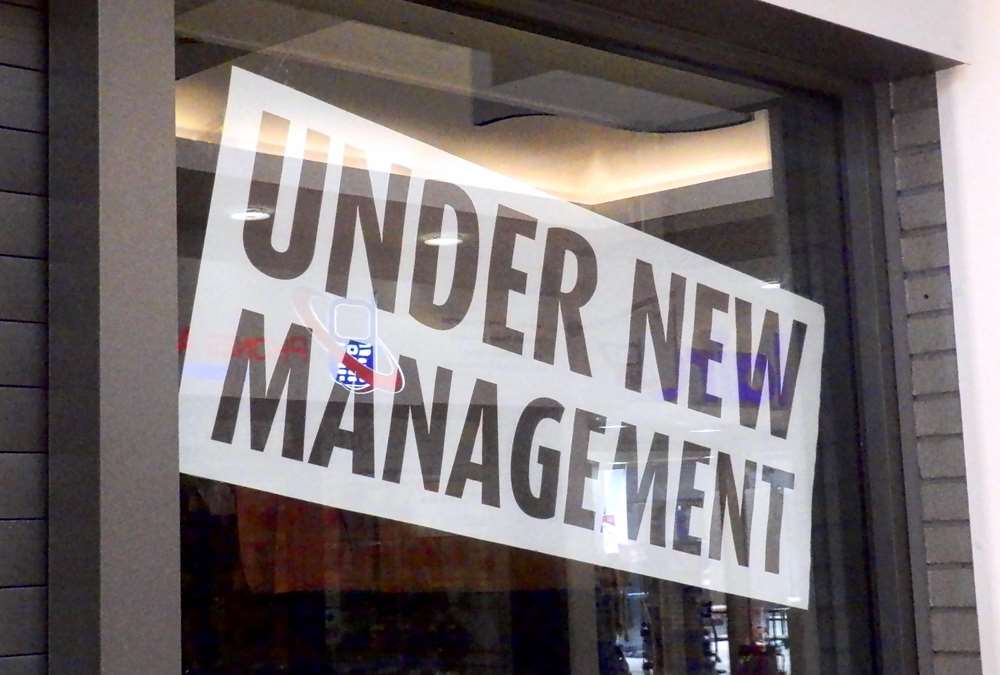- Home
- Business Processes
- Industry Knowledge
- Aerospace Industry
- Automotive Industry
- Banking Domain
- BFSI Industry
- Consumer/ FMCG Industry
- Chemicals Industry
- Engineering & Construction
- Energy Industry
- Education Domain
- Finance Domain
- Hospitality Domain
- Healthcare Industry
- Insurance Domain
- Retail Industry
- Travel and Tourism Domain
- Telecom Industry
- Leadership Skills
- eLearning
- Home
- Leadership
- Change Management
- Focus Areas for Change
Focus Areas for Change
Four main areas in an organization that need special focus when we discuss the change in an organizational setup are organizational structure, technology, work environment, and the people. Some people call it a process, system, and people. Change in an organization includes adapting to change, controlling change, and effecting change.
Organizational change results from the pressure of forces, which are both inside and outside the organization. The external forces like technology, nature of work, economic shocks, competitions, social trends, and politics necessitate a change in the internal organization like machinery, equipment, relationships, leadership and decline in profitability, etc. This organizational change is the alteration of the work environment in an organization which implies equilibrium between different components of the organization. In some way or the other change influences, the whole organization as the subunits or various departments in an organization are interrelated and interdependent.
Different sections or different departments of an organization are influenced by change differently and this influence may vary in its speed and degree. Usually, there are many changes occurring simultaneously in an organization. An effective management technique is thus required in order to deal with the changes. Four main areas in an organization need special focus when we discuss the change in an organizational setup, they are as follows:
Changing Organisational Structure:
With globalization, competition, and technological advancements, it becomes necessary that changes are made in the structure of the organization. Thus this one of the most important changes that can be brought about in an organization and the one that will call for planning and a lot of effort and involvement of management and employees at all levels. As standalone components, people, process, and technology are necessary for organizational transformation and management. To achieve organizational efficiency, you need to balance the three and maintain good relationships among them.
Sometimes the technology itself might require new styles of organization, new sills, and the upgrading of old ones. The number of operating sites may be reduced. People may find themselves performing totally new functions, which they may like or perhaps won't like, at least to start with. The only way to stay in business may be a merger or to be the subject of a takeover, friendly or hostile. With such ownership changes, another market, technological and organizational changes may follow. In some industrial, it is an endless cycle.
Changing Systems & Technology:
The changes in the marketplace give rise to specific happenings in the company. There will be the introduction of new technology, in order to reestablish price advantage, quality preeminence, or diversification into new products. There will be a decision to explore areas of the globe where you are not previously represented. Technology is the primary delivery route for virtually all value in a modern organization; all services are now, to some degree, enabled by technology. Technology and having the right systems in place is becoming more and more critical. Systems allow one to automate what would otherwise be manual reporting tasks, but, if managed correctly, they provide real-time information that can fundamentally change a business. The constant changes and improvements in technology present a new challenge. Technology is fast-changing and the organization has to keep pace with it in order to remain in business and survive the strong competition. Thus new machinery has to be bought or existing machinery has to be updated in the organization. This is a major change as, as per the technological advancements other changes like changes in structure, job positions, training programs, etc. have also to be made.
Changing Processes & Work Environment:
A process is a series of actions or steps that need to happen in order to achieve a particular goal. A company can have the greatest people and teams, but without the right processes, it becomes incredibly difficult to scale. The work environment is fast changing due to various reasons, as a result of diversity in the organization, changing technology, changes in the job market, etc. The launching of new products or mergers or acquisitions may also call for certain changes in an organization. Thus the organization has to keep track of such changes and develop measures to deal with them.
Changing People in the Organisation:
Every manager knows that people are the capital by which they get their results, and most of the time managers acknowledge this. Building teams allows us to effectively build global organizations that allow for seamless international coordination. Our ability to work together enables us to adapt to change, create uniform processes, and leverage our differences to blaze a path forward. Changes can also occur with regard to people in the organization, due to attitudes, values, beliefs. Changes can also be as a result of new recruitment, promotions, demotions, transfers, etc. may also take place and they are to be effectively dealt with.
Related Links
You May Also Like
-
This style is characterized by leaders making decisions for others and expecting followers to follow instructions. The directive leader is adept at giving instructions, setting expectations, and establishing timelines and performance standards. However, it is possible for the same leaders to display both directive and supportive behavior as per the demands of the situation.
-
Concept & Definition of Stress
Stress is a popular expression used by people in day to day life. Pressures of day to day living sometimes necessitate coping or dealing with them and stretch the body beyond its natural capacity. They are called stressors. Stress is a natural, ongoing dynamic, and interactive process that takes place as people adjust to their environment.
-
Generating Ideas using Brainstorming
The brainstorming technique was developed by Alex F. Osborn in 1957 and brainstorming means where a team of members generates a large amount of alternative fruitful ideas on a specific problem without any criticism and then evaluates each idea in terms of their pros and cons. Brainstorming techniques fall into four broad categories: visioning, exploring, modifying, and experimenting.
-
Storming Stage of Team Development
Storming is the second stage of team development and this stage is characterized by a bid for power and inter-personal conflicts. Learn the key factors that occur in the storming stage and the strategies that a team leader can adopt to pass this stage of high winds
-
Recognizing Stress & its Sources
As an individual, you almost certainly know what stress feels like. Stressors are events or situations to which people must adjust. Stressors may be physical or psychological in nature. The level of severity of stress is determined not merely by exposure but the intensity, duration, and frequency of stressors. The sources of stress are many. They arise from multiple areas both with the individual and from the environment.
-
A good leadership style is something that every effective leader must have in order to succeed, but identifying what that entails or does not entails might be difficult to understand. Most of the research on leadership focuses on the exemplary, best practices, and positive attributes of effective and successful leaders. This article talks about a new approach to learn leadership using lessons from bad leadership. That is the lessons to be learned by examining leaders who have not effectively exercised their power, authority, or influence.
-
Productivity is defined not in terms of the number of goods produced, but in terms of value-added per employee. Customers don’t really buy goods and services but in fact, they buy a value - something they value. The future is all about tangible products fulfilling intangible needs. Ideas like this can transform a business and provide them a competitive advantage to thrive in the future.
-
Many different types of teams have been identified by social scientists. Managers may encounter the diverse types of challenges while managing different kinds of teams. Challenges associated with Cross-Functional Teams might be different from that of a Geographically Dispersed Team or a Virtual Team. This article explores some common categories and subtypes of teams.
-
We define Lean as the systematic elimination of waste through a continual effort to decrease inefficiency; the lean leader strives to create a more efficient organization. Lean leadership is a philosophy. It is a consistent way of thinking and being in your role as a leader. The focus of this approach is on raising new leaders and help their team embrace a culture of continuous improvement. Learn what we mean by lean leadership style and its principles.
-
Team Development by Building Trust
As your team begins to work together, you need to establish a way each team member can exchange ideas and build mutual trust. Successful groups are built on trust and collaboration. A free exchange of ideas, in an open environment, will allow your team to get to know each other and enable you to check on how they work together. Learn some tips to help build team trust and establish personal bonds.
Explore Our Free Training Articles or
Sign Up to Start With Our eLearning Courses

About Us
Learning
© 2023 TechnoFunc, All Rights Reserved










